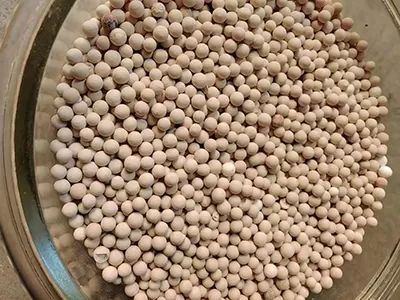Lithium molecular sieve and sodium molecular sieve exhibit distinct service lives due to structural and chemical differences. Lithium sieve, often used for CO₂ adsorption, typically lasts 2–3 years under industrial conditions. Its framework, stabilized by lithium ions, is more susceptible to damage from high-temperature regeneration (above 250°C) and acidic contaminants, which gradually degrade pore structure and reduce adsorption capacity.

Sodium molecular sieve, such as the common 4A type, boasts a longer lifespan of 3–5 years. Its sodium-based framework is more robust, tolerating broader regeneration temperatures (up to 350°C) and resisting chemical degradation from most industrial gases. This durability makes it suitable for long-term use in drying applications, where repeated moisture adsorption and regeneration are routine.
Operational factors significantly impact longevity. Frequent thermal cycling shortens both sieves’ lives, while proper packing density—ensuring uniform gas flow—extends it by reducing localized stress. Adsorbing heavy hydrocarbons or corrosive gases accelerates degradation, particularly in lithium sieve, which has higher selectivity but lower resistance to impurities.
Regular performance monitoring, via adsorption efficiency tests, helps determine replacement timing. While sodium sieve offers cost advantages over time, lithium molecular sieve remains preferred for specialized applications requiring high selectivity, despite its shorter service life.

